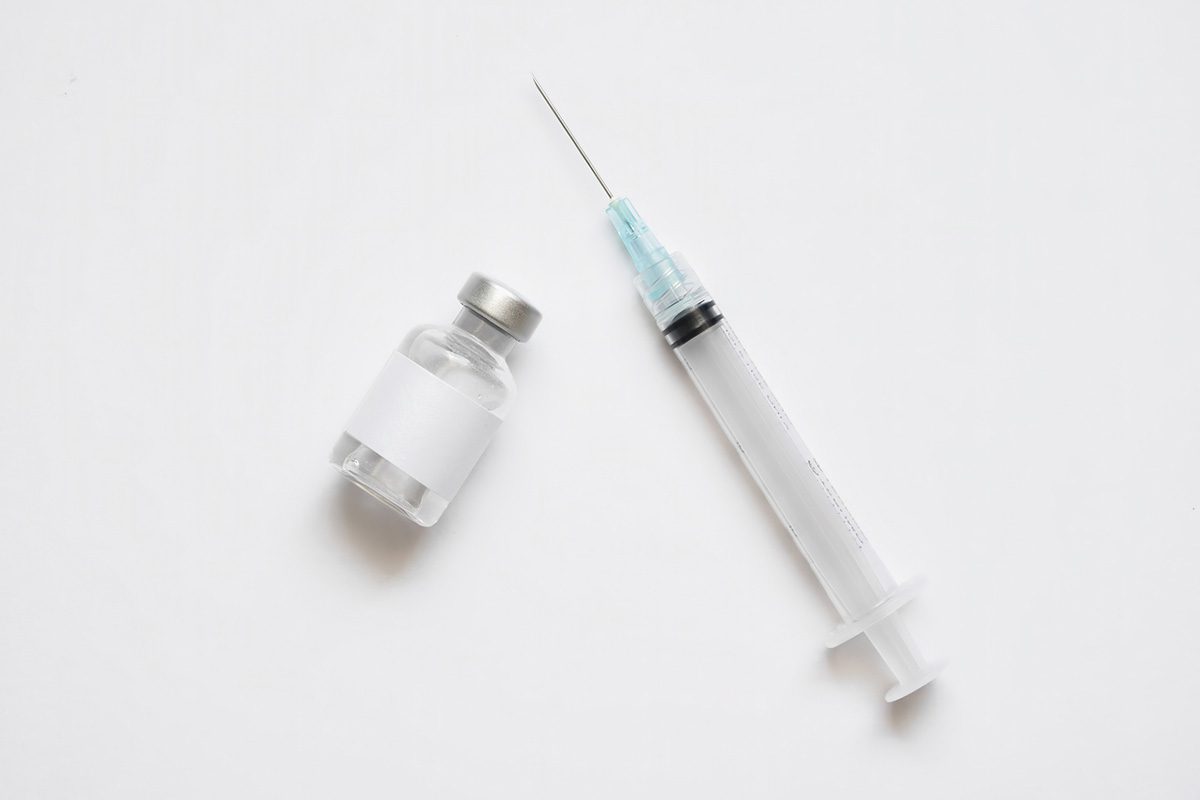Abstract
Background: The severity of antipsychotic-induced cervical dystonia has traditionally been evaluated visually. However, recent advances in information technology made quantification possible in this field through the introduction of engineering methodologies like machine learning.
Methods: This study was conducted from June 2021 to March 2023. Psychiatrists rated the severity of cervical dystonia into 4 levels (0: none, 1: minimal, 2: mild, and 3: moderate) for 101 videoclips, recorded from 87 psychiatric patients receiving antipsychotics. The Face Mesh function of the open-source framework MediaPipe was employed to calculate the tilt angles of anterocollis or retrocollis, laterocollis, and torticollis. These were calculated to examine the range of tilt angles for the 4 levels of severity of the different types of cervical dystonia.
Results: The tilt angles calculated using Face Mesh for each level of dystonia were 0° ≤ θ < 6° for none, 6° ≤ θ < 11° for minimal, 11° ≤ θ < 25° for mild, and 25° ≤ θ for moderate laterocollis; 0° ≤ θ < 11° for none, 11° ≤ θ < 18° for minimal, 18° ≤ θ <25° for mild, and 25° ≤ θ for moderate anterocollis or retrocollis; and 0° ≤ θ < 9° for none, 9° ≤ θ < 17° for minimal, 17° ≤ θ < 32° for mild, and 32° ≤ θ for moderate torticollis.
Conclusion: While further validation with new cases is needed, the range of tilt angles in this study could provide a standard for future artificial intelligence devices for cervical dystonia.
J Clin Psychiatry 2024;85(2):23m14929
Author affiliations are listed at the end of this article
Members Only Content
This full article is available exclusively to Professional tier members. Subscribe now to unlock the HTML version and gain unlimited access to our entire library plus all PDFs. If you’re already a subscriber, please log in below to continue reading.
References (11)

- Albanese A, Bhatia K, Bressman SB, et al. Phenomenology and classification of dystonia: a consensus update. Mov Disord. 2013;28(7):863–873. PubMed CrossRef
- Inada T. A Second-Generation Rating Scale for Antipsychotic-Induced Extrapyramidal Symptoms: Drug-Induced Extrapyramidal Symptoms Scale. Seiwa Shoten Publishers, Inc; 2009.
- Kim JH, Jung HY, Kang UG, et al. Metric characteristics of the Drug-Induced Extrapyramidal Symptoms Scale (DIEPSS): a practical combined rating scale for drug-induced movement disorders. Mov Disord. 2002;17(6):1354–1359. PubMed CrossRef
- Peljto A, Zamurovic L, Milovancevic MP, et al. Drug-Induced Extrapyramidal Symptoms Scale (DIEPSS) Serbian language version: inter-rater and test-retest reliability. Sci Rep. 2017;7(1):8105. PubMed CrossRef
- Weidle B, Chaulagain A, Stensen K, et al. Drug-Induced Extrapyramidal Symptoms Scale of the Norwegian version: inter-rater and test-retest reliability. Nord J Psychiatry. 2019;73(8):546–550. PubMed CrossRef
- Senica N, Aleksic B, Inada T, et al. Slovenian version of the Drug-Induced Extrapyramidal Symptoms Scale: evaluation of interrater and test-retest reliability. J Clin Psychopharmacol. 2023;43(4):361–364. PubMed CrossRef
- Rigas G, Tzallas AT, Tsipouras MG, et al. Assessment of tremor activity in the Parkinson’s disease using a set of wearable sensors. IEEE Trans Inf Technol Biomed. 2012;16(3):478–487. PubMed CrossRef
- Moreta-de-Esteban P, Martín-Casas P, Ortiz-Gutiérrez RM, et al. Mobile applications for resting tremor assessment in Parkinson’s disease: a systematic review. J Clin Med. 2023;12(6):2334. PubMed CrossRef
- Tsukagoshi S, Furuta M, Hirayanagi K, et al. Noninvasive and quantitative evaluation of movement disorder disability using an infrared depth sensor. J Clin Neurosci. 2020;71:135–140. PubMed CrossRef
- Büchel C, de Leon J, Simpson GM, et al. Oral tardive dyskinesia: validation of a measuring device using digital image processing. Psychopharmacology (Berl). 1995;117(2):162–165. PubMed
- Rapoport A, Stein D, Grinshpoon A, et al. Akathisia and pseudoakathisia: clinical observations and accelerometric recordings. J Clin Psychiatry. 1994;55(11):473–477. PubMed






